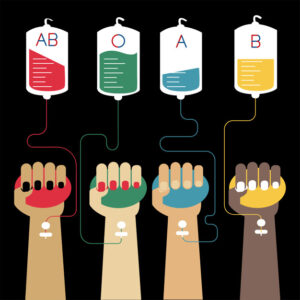Defining false equivalency

False equivalency is a logical fallacy that happens when
someone wrongly claims that two or more objects are identical merely because
they share such features, ignoring the fact that there are still substantial
variations between them. For example, a False equivalency is that cats and dogs
are the same breed, since they are all mammals and have a tail.
False equivalency, which typically exaggerates correlations
and avoids essential distinctions, may be used to reconcile a broad variety of
objects, including people, classes, acts or arguments, either indirectly or
directly. Consequently, False equivalency is also used in discussions on
different issues, particularly when it comes to implying that there is a moral
equivalence between two or more objects that are being equal.
False equivalency is to be assumed because it is
incorrect in any way, which means that there is a question of logic that is
used to justify whether the objects under scrutiny are equal to one another.
Usually, there is some subjectivity involved in deciding
whether or not the equivalent is false. For example, in a case where there is a
difference in the order of magnitude, in terms of effect of two actions that
are being equal, the individual presenting the False equivalency may assume
that the difference is minor enough that the equivalence is fair, whereas
someone else may contend that the difference makes the equivalence incorrect.
In such cases, it is up to each group in the debate to
contend either for or against equivalence. Specifically, the duty of proof lies
first on the person claiming equivalence, which means that they must have
proper evidence for equivalence. Then their adversary has a presumption of
evidence if they say that the equivalence is incorrect, which means that they
must give proper support to their case against the equivalence.
False equivalency fallacy is frequently used in
combination with other logical falsities and rhetorical tactics. For example,
this could entail a false portrayal of the two sides in equivalence, with the
use of cherry-picking, with the goal of making one side look more positive and
the other more pessimistic than they actually are. If this occurs, you will
usually benefit from fixing unique problems with these added flaws. If you do
this depends on the falsity in question, since different falsities are
countered in different ways. However one course of action that is useful in
most situations is clearly to find out the logical error in the fallacious
claim and to explain why it invalidates the argument.
In order to prevent using False equivalency, you can make
sure that if you compare two or more objects to one another, you have adequate
reasoning as to whether the things in question are equal, depending on the
applicable parameters. If possible, you can clarify clearly why you conclude
that the equivalence in question is rational. This will help you make sure that
the equivalence is truly fair, and help you show the people you’re referring
to. Also, bear in mind that you should use the same methods that you
would use if you believed someone else was using a False equivalency, to make
sure you don’t use one yourself.
Finally, you can help resolve some of the possible problems with the suggested equivalences by being up front and using the relevant terms when describing the equivalences.














